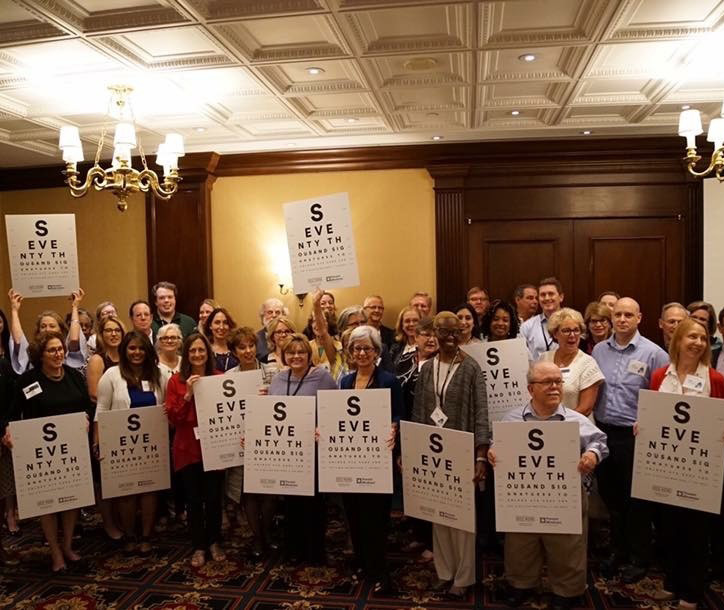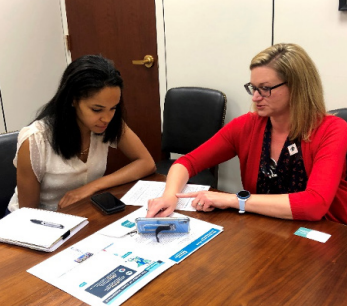Policy and legislative advocacy is the act of promoting, supporting, defending, opposing, or changing an aspect of public policy. Public policy is how our country has collectively decided through our established democratic processes (such as elections) to use our shared resources (such as tax dollars) to respond to something that can have an impact on each of us as individuals or as a society. Legislation (which can either change existing laws or create new laws) is typically the vehicle that initiates and sustains debate around public policy decisions. The legislative process (whether it occurs at the federal, state, or community level) is often how matters of public policy are determined and become laws that direct and establish how agencies carry out policies and administer resources to programs for states, communities, and individuals.
Advocacy is part of the democratic process that allows for public feedback on how our laws are formed, debated, decided, and enacted. In the United States Constitution, advocacy is considered part of the First Amendment that, in addition to protecting freedom of speech, allows for citizens to petition their government for redress of grievances. At almost any point during the legislative process, advocates can help shape decisions to achieve an outcome that they believe is in the best interest of the public. Advocating on policy or legislation often means promoting an idea sometimes in competition with other advocates who are trying to influence policy and legislation to achieve other outcomes. The goals that others are advocating may not always align with what you want to achieve. Even as you may not necessarily oppose what other advocates are trying to accomplish, as a policy and legislative advocate, you also want to ensure that your idea is considered and ultimately realized in legislation.
To help convince lawmakers that your idea is the best of all the ideas they are debating during the legislative process, there are many advocacy strategies to generate support around an idea. These strategies include:
- Grassroots Advocacy: Often called campaigns, grassroots advocacy such as Legislative Action Alerts through Prevent Blindness’s Legislative Action Center alert and inform the public about a potential harmful or beneficial legislative action and encourage the public to contact their legislators.
- Media Advocacy: Informing the public and legislators through the media (such as a letter to the editor or an article about an idea or connecting an idea to a bigger issue) about the consequences of not enacting an idea into legislation.
- Social Media Advocacy: Using social media platforms to spread a message quickly and encourage the public to contact their legislators through social media platforms.
- Coalition Advocacy: Strength is often reflected in numbers, and finding other organizations and advocates who have a similar idea or share the same goal can help gain support for your idea and have a bigger impact.
- Patient Advocacy and Storytelling: When policy and legislation is complex, abstract, and hard to understand how individuals would be affected, leveraging the stories of people who have been helped or harmed by a policy or legislation is often a very powerful way to achieve a policy goal.
- Informational Advocacy: Lawmakers may not fully understand every angle of a policy or piece of legislation, or they may not be aware of certain trends (such as emerging research); thus, providing information and resources to lawmakers about an idea that can help answer questions, provide ideas for policymaking, and ensure you are a resource to the lawmaker.


